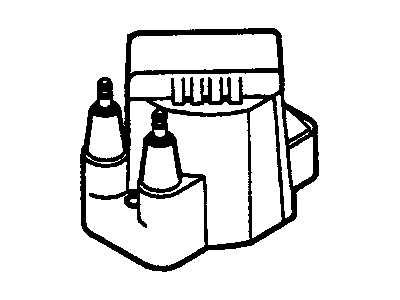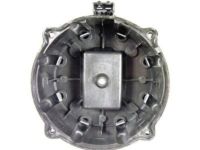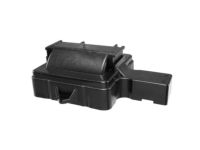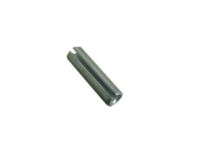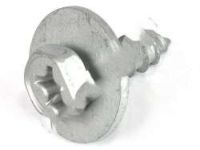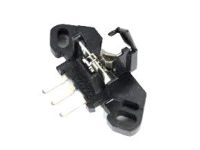At the end of the secondary winding, one connection to a spark plug is made and each cylinder is connected to its opposite one as the so-called 'companion' cylinders since both reach the TDC at the same time, 1 & 4, 2 & 5,6 & 7, 3 & 8. When the coil discharges both plugs fire together to make series circuit, the cylinder on the compression stroke is called the 'event' cylinder , while the cylinder on the exhaust stroke is the 'waste' cylinder which takes minimal energy to fire. The remaining energy is used in the compression stroke cylinder, and this happens again as the cylinders switch between operations making it a 'waste spark' ignition. In terms of the ignition coil layout, the saturation time and the primary current flow have been increased; volatile secondary voltages are more than 40,000 kV at any RPM of the engine. High secondary voltage is imperative particularly when a spark plug or a wire is disconnected; the coil fires the connected plug at idle but stammers under load and hence misfires and burns out the coil at such a stage. Information on this ignition control system can be summarised as follows: Inherent features of this system are free from moving parts, free from any mechanical loading on the engine and it does not require any timing adjustment; it also gives an enhanced performance at high engine speed. It is made up of two crankshaft position sensors, a crankshaft reluctor ring, a camshaft position sensor, an ignition control module, four different coils, eight spark plug wires and conduit, the eight spark plugs, a knock sensor, and a PCM, each coil sparks two, and each can be replaced individually. Before electrical testing of the coil pack, circuits should visually be checked, PCM grounds should be tight and clean, vacuum hoses need to be inspected, air intake ducts should be examined for problems, there should be no air leaks at the sealing point and ignition wires and connections should be checked for signs of wear or damage. On the 4.6L engines, the spark plug wires have to be disconnected from the ignition control module assembly, then the ignition coil retaining bolts and the ignition coil have to be removed and to reinstall the ignition coil which has to be fastened with retaining bolts, the spark plug wires have to be reconnected.
Posted by GMPartsGiant Specialist 
